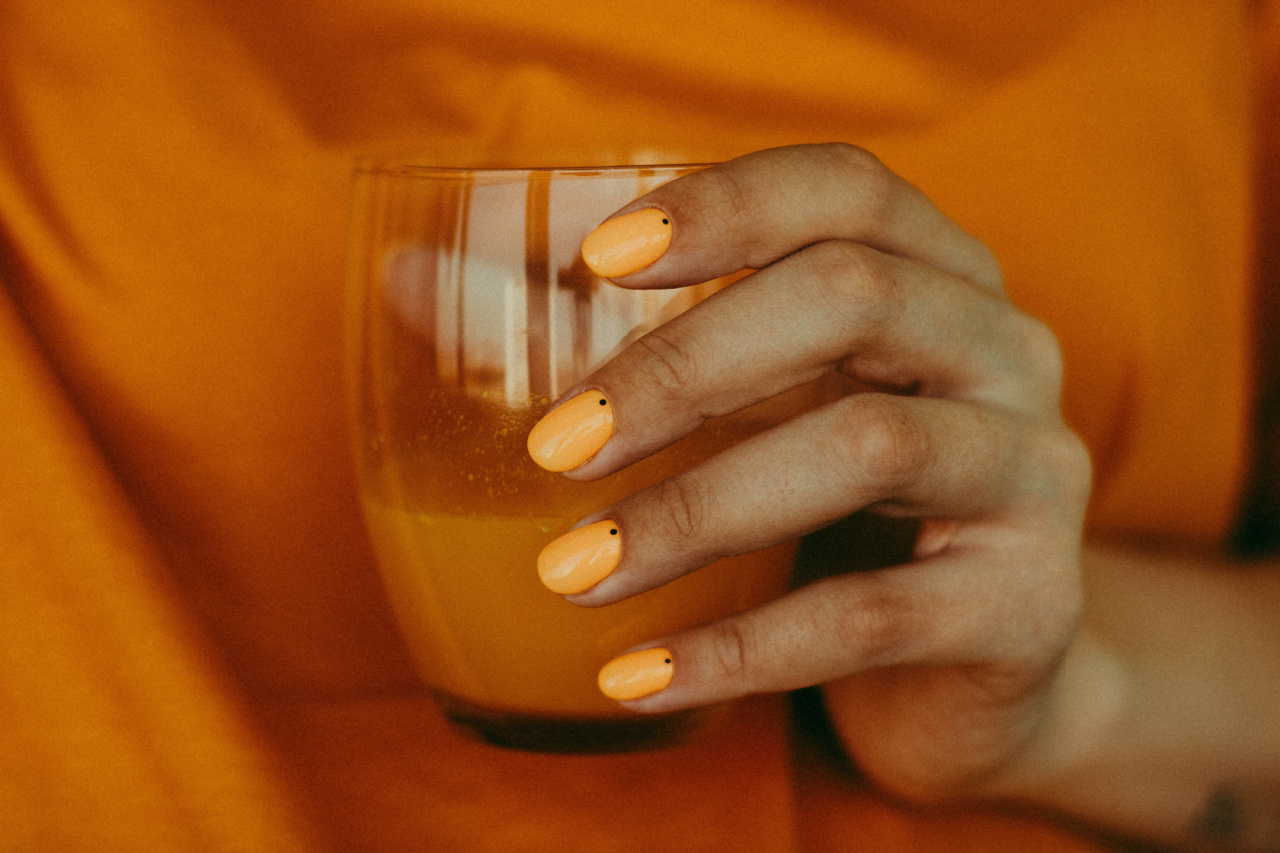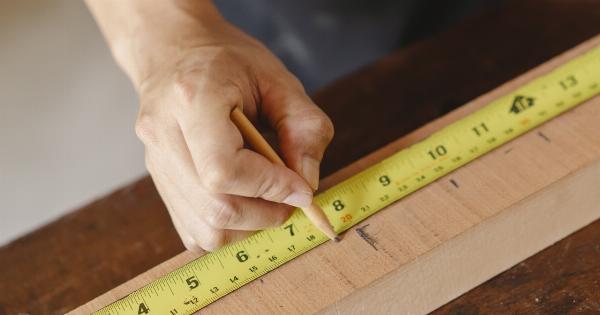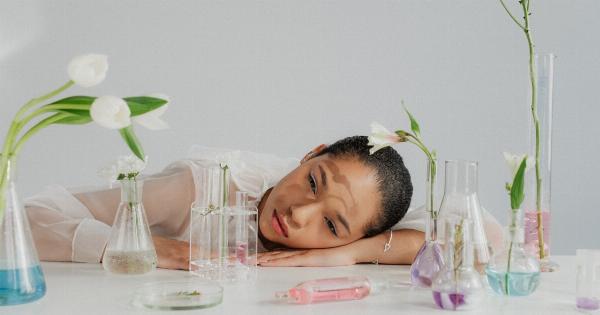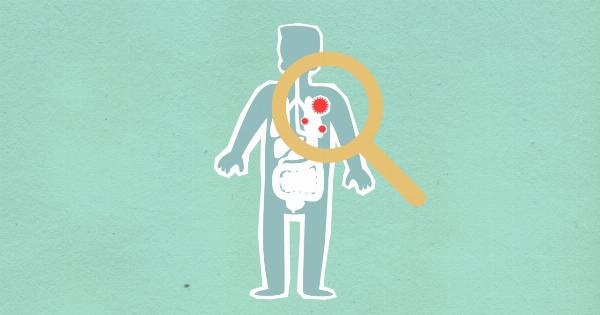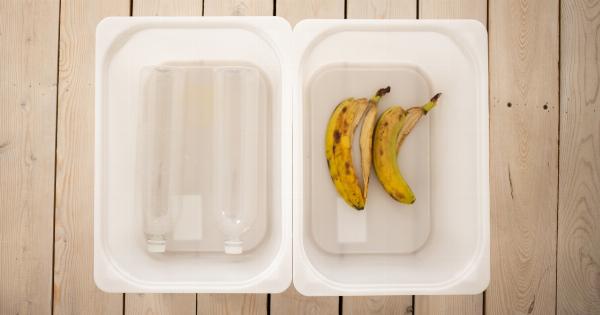Yellow nail syndrome is a rare condition characterized by the discoloration of nails, primarily turning them yellow. The syndrome may also involve other symptoms such as thickened nails, slowed nail growth, and swelling of the fingers.
While the exact cause of yellow nail syndrome is not fully understood, there are several known factors that contribute to its development. This article will explore the causes of yellow nail syndrome and discuss various remedies to manage this condition.
Causes of Yellow Nail Syndrome
Yellow nail syndrome can arise due to a combination of genetic, environmental, and physiological factors. Although extensive research is still needed, here are some common causes:.
1. Respiratory Disorders
Respiratory disorders, particularly chronic bronchitis and sinusitis, are frequently associated with yellow nail syndrome.
The exact mechanism linking these conditions is unclear; however, experts believe that the chronic inflammation and impaired lymphatic flow in the respiratory system may contribute to the discoloration of nails.
2. Lymphatic Dysfunction
Lymphatic dysfunction plays a vital role in the development of yellow nail syndrome. The lymphatic system is responsible for draining excess fluid and waste products from tissues.
Malfunctioning lymphatic vessels can cause fluid to accumulate, leading to swelling and yellowing of the nails.
3. Autoimmune Disorders
Certain autoimmune disorders, such as rheumatoid arthritis and lupus, have shown a correlation with yellow nail syndrome. Autoimmune diseases can disrupt the normal processes of nail growth and lymphatic flow, resulting in yellow and thickened nails.
4. Genetics
Genetic factors are often considered to contribute to the development of yellow nail syndrome. Some individuals may have a predisposition to the condition due to inherited abnormalities in their lymphatic system or immune response.
However, the specific genes involved have not yet been identified.
5. Environmental Factors
Exposure to certain environmental factors like toxins, chemicals, and pollutants can also trigger yellow nail syndrome in susceptible individuals.
Chronic or prolonged exposure to these substances can disrupt normal nail growth and lead to discoloration.
Remedies for Yellow Nail Syndrome
While there is no specific cure for yellow nail syndrome, various remedies can help manage the symptoms and improve the appearance of nails.
It is important to note that these remedies may not work for everyone, and consulting a healthcare professional is crucial for an accurate diagnosis and individualized treatment plan. Here are some remedies commonly recommended:.
1. Maintain Good Nail Hygiene
Practicing regular nail hygiene is essential for managing yellow nail syndrome. Keep your nails clean and dry to prevent infections and further damage. Avoid using harsh chemicals and nail products that may exacerbate the condition.
2. Apply Topical Antifungal Treatments
In some cases, yellow nail syndrome may be accompanied by a fungal nail infection. Applying topical antifungal treatments prescribed by a healthcare professional can help alleviate this aspect of the condition.
3. Moisturize and Protect Nails
Moisturizing your nails and the surrounding skin can help prevent dryness and brittleness. Using a gentle moisturizer or nail oil can improve the overall health and appearance of nails.
4. Wear Protective Gloves
When working with chemicals or engaging in activities that may damage your nails, such as gardening or cleaning, it is essential to wear protective gloves. This can prevent direct exposure to harmful substances and minimize the risk of nail damage.
5. Treat Underlying Respiratory Disorders
If you have underlying respiratory disorders that have been linked to yellow nail syndrome, managing these conditions through appropriate medical treatments can potentially alleviate the syndrome’s symptoms.
6. Lymphatic Drainage Techniques
Lymphatic drainage techniques, such as massage or specialized exercises, can help stimulate the flow of lymphatic fluid and reduce swelling.
Consult with a healthcare professional or a certified therapist experienced in lymphatic drainage for personalized guidance.
7. Supportive Therapy
Supportive therapy can include the use of vitamin E supplements, calcium pantothenate, and collagen hydrolysates. However, these supplements should be taken under medical supervision, and their effectiveness may vary from person to person.
8. Psychological Support
Dealing with the physical changes caused by yellow nail syndrome can be emotionally challenging. Seeking psychological support, such as therapy or counseling, can be beneficial in coping with the impacts of the condition.
9. Avoid Smoking
Smoking has a detrimental effect on overall nail health and can worsen yellow nail syndrome. Quitting smoking or avoiding exposure to secondhand smoke is vital for managing the symptoms effectively.
10. Regular Follow-ups with a Healthcare Professional
Regularly consulting with a healthcare professional is crucial for monitoring the progress of yellow nail syndrome and adjusting the treatment plan accordingly.
They can provide expert guidance, evaluate the underlying causes, and suggest individualized remedies.
